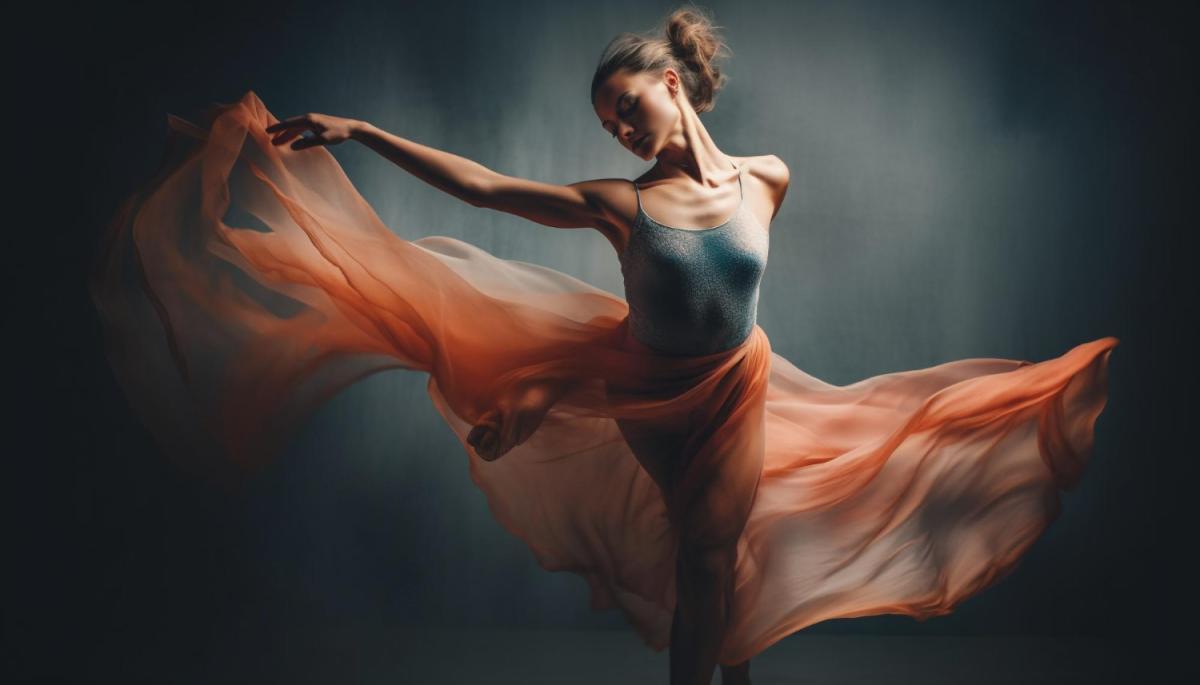Dance is a form of artistic expression that dates back to the beginnings of civilization, playing a fundamental role in culture and society throughout the centuries.
From sacred rituals to entertainment events, dance has evolved in fascinating ways, reflecting social changes, cultural and technological throughout history.
In this article, we will embark on a journey through the rich and varied history of dance, exploring its roots in antiquity to the contemporary forms that shape today.
Table of Contents
- I. The First Steps: Dance in Antiquity
- II. Medieval and Renaissance Dances: Between the Court and the People
- III. The Emergence of Ballet: A Step to Elegance and Narrative
- IV. Dance in the 20th Century: A Revolution of Movements and Styles
- V. Contemporary Dance: Expanded Frontiers and Innovative Collaborations
- VI. Dance Beyond the Stage: Digital Media and Technology Today
- Conclusion: A Perpetual Journey of Movement and Creativity
I. The First Steps: Dance in Antiquity
The history of dance dates back to ancient societies, where dancing wasn't just a form of entertainment, but it was often intrinsically linked to religious rituals and cultural celebrations.
In ancient Egypt, for example, Dances were performed as part of religious rituals in temples, while in Greece, dancing was an essential part of festivals honoring the gods.
II. Medieval and Renaissance Dances: Between the Court and the People
During the Middle Ages and Renaissance in Europe, to dance became an integral part of court life, reflecting the sophistication and elegance of the aristocracy.
Dances such as the pavane and galliard were popular among the nobility, while more vigorous forms, like peasant dances, were part of popular celebrations.
III. The Emergence of Ballet: A Step to Elegance and Narrative
The 17th century saw the emergence of ballet at the French court, marking a turning point in the history of dance.
Elaborate choreographies, luxurious costumes and the incorporation of narratives defined classical ballet.
The work of figures such as Jean-Baptiste Lully and Marius Petipa contributed to the codification of ballet vocabulary and its dissemination throughout Europe.
IV. Dance in the 20th Century: A Revolution of Movements and Styles
The 20th century witnessed a revolution in dance, driven by artistic and social movements.
Sign up to receive Event News
and the Universe of Arts first!
The emergence of modern dance, led by visionaries like Isadora Duncan and Martha Graham, challenged the conventions of classical ballet, exploring more fluid and expressive movements.
V. Contemporary Dance: Expanded Frontiers and Innovative Collaborations
In the second half of the 20th century and the beginning of the 21st century, contemporary dance continued to evolve, incorporating a variety of styles and influences.
Experimental choreographers, como Merce Cunningham, challenged traditional notions of movement, while hip-hop dance has emerged as a culturally vibrant and influential form of expression.
VI. Dance Beyond the Stage: Digital Media and Technology Today
In the present day, dance expanded beyond traditional stages, embracing technology and digital media.
Choreographers and dancers explore new forms of interactivity, virtual reality and interdisciplinary collaborations, shaping the future of dance in exciting and innovative ways.
Conclusion: A Perpetual Journey of Movement and Creativity
The history of dance is a narrative of constant evolution, marked by cultural changes, social and artistic.
From ancient times to the present day, Dance continues to play a vital role in expressing human identity, in the celebration of cultural diversity and the constant evolution of artistic language.
As we understand this rich history, we can enjoy dance not just as a form of entertainment, but as a powerful manifestation of human creativity over time.

